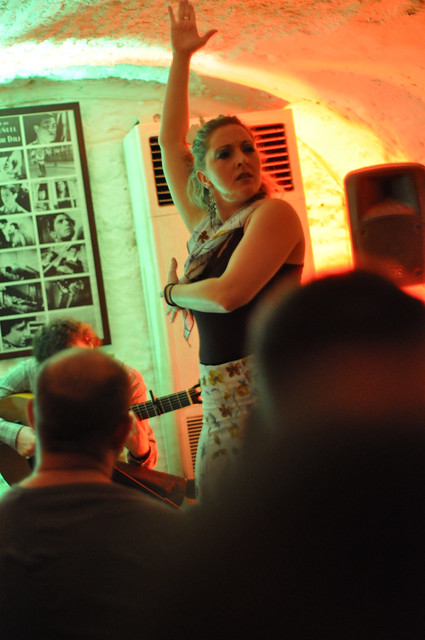It's Saturday morning, which is generally pretty predictable in a few ways. I was up fairly early, partially because I passed out early (sometimes on the couch, if I was pretending I could stay up past 8 on a Friday.)
Today I want to share two digital resources that I have found to be very useful in my teaching. These are not big-picture resources (like social networking platforms, file systems, or grading platforms) but just a few digital tricks to have up your sleeve - or perhaps new ideas to use resources you are already familiar with.
Screenshots
My teaching is pretty image-heavy, and I frequently use screenshots as a very fast way to capture what I need and integrate it into what I'm creating, whether that is a lesson plan, a student assignment, or an example of an assignment on the board.
I've been using
Jing for this purpose. One of several products from
TechSmith*, Jing allows you to quickly capture and share what's on your screen, both images and videos. I like to structure my lessons in middle school through a powerpoint each day, and it's helpful to take quick snapshots of an assignment we are doing in class and put it right into a powerpoint, rather than switching between files or switching to the document camera.
 |
| (You can also take a quick example snapshot of your example snapshot, and then blog about it!) |
I have also used the video capture feature to record and share quick how-to videos with my students (via
screencast.com, another TechSmith product that is automatically available and linked to Jing.) Especially as I am using Edmodo more with middle school, it is an easy way to model exactly how to sign up, turn in assignments, or do other digital tasks. This means I don't need to spend as much class time walking students through the steps, and I have a quick tutorial to use in my responses to parent and student emails.
Learn more about Jing and get the free download here.
Word Clouds
I use word clouds a lot in my teaching, I often give word banks to students to help with spelling new Spanish words that we have mostly practiced orally, but I almost always use word clouds instead of lists. They look prettier and also force students to sift through words a bit, looking for the correct one.
They are also great for reading or listening activities. Before giving students a written text in Spanish, I give them a word cloud created by copying and pasting the entire text into a word cloud generator. This is handy for a few types of pre-reading and post-reading activities:
- See if students can recognize any of the words out of context. Have them circle well-known words and underline slightly familiar words. After reading, return to the word cloud and see if they can recognize any more after seeing the words in context.
- Ask students to predict the main ideas or themes of the text. Many word cloud engines change the size of words in the cloud based on frequency, and some give you the option to screen out specific high-frequency words.
- For more well-known vocabulary, give students a few minutes to sort words from the cloud into specific categories: nouns, verbs, adjectives sorted by gender and number, etc.
Until recently I always used the
Wordle website to make word clouds. However, the website does require Java. Since my current school laptop is running an outdated and unsupported operating system, I am trying to
take safety precautions, which includes avoiding Java.
Luckily, there are lots of other options. Here are a few that I have used, with examples using text from this blog. (Most of the sites offer various options for saving and sharing the word clouds, but I usually just capture them with a Jing screenshot. It's quicker and more straightforward.)
- Worditout is pretty straightforward and visually simple. It highlights frequent words by increasing their size. You can customize the range of word sizes, the colors, the margins, and more.
- Tagcrowd is simpler and doesn't offer much in the way of visual tweaking, but does offer the option to set the number of words shown, and the minimum frequency for words to appear in a text.
- Tagul is very visually appealing, with lots of custom shapes and color options . It does require a login, though registration is free. You have to type in each word individually, but you can manually set the size for each word. It could be used for short vocabulary lists or to highlight certain terms, but doesn't have the same appeal as other sites where you can dump in a block of text.
*I am not receiving any compensation from any of the websites mentioned for the promotion of their products. (Then again, I haven't been offered any.)










